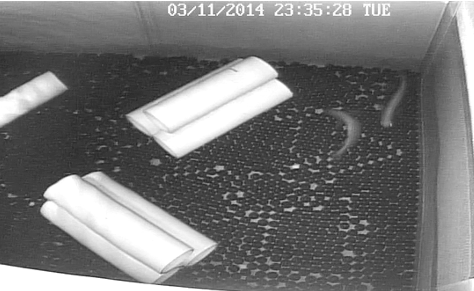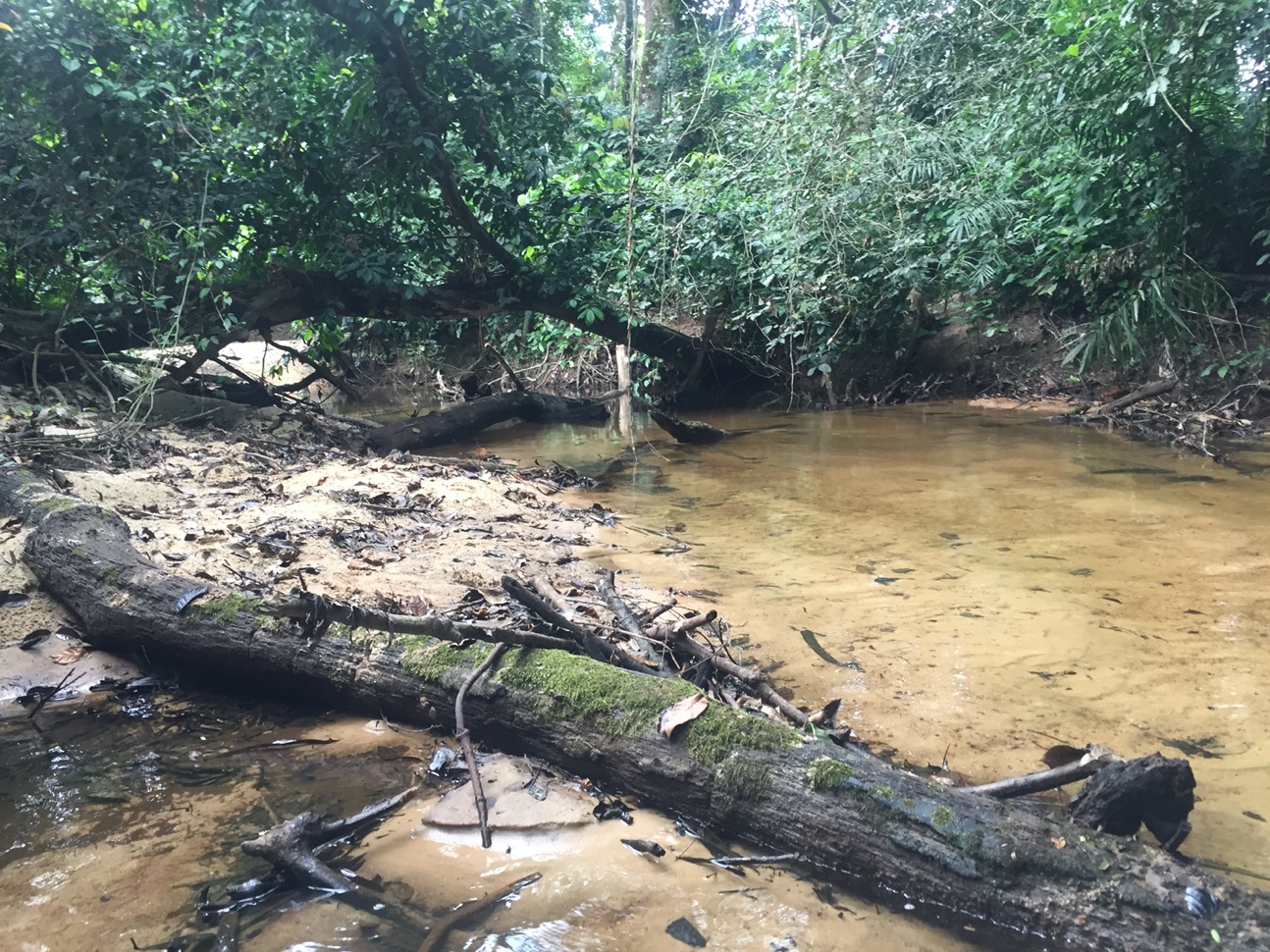Current Projects
We use electric fish as a natural laboratory to understand how genomes give rise to new traits, how evolution repeats itself, and how biodiversity emerges. Our work spans genes, signals, organs, and reproduction.
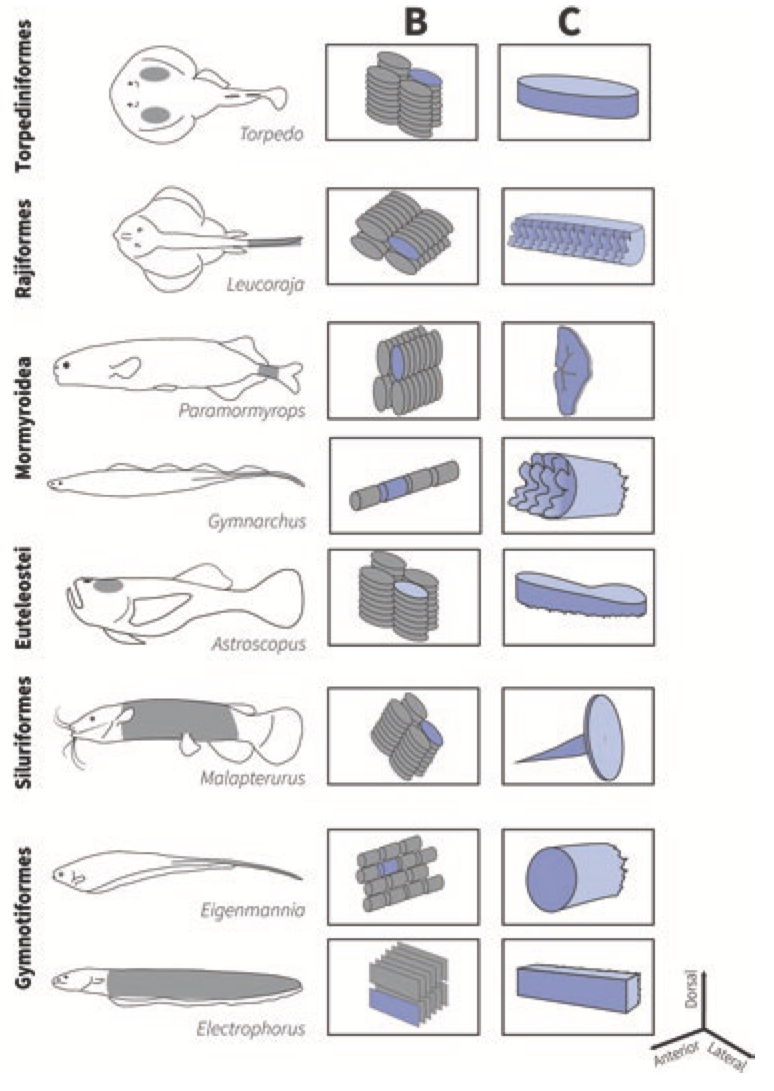
How does evolution repeatedly transform muscle into electricity-producing cells? We investigate the genomic and developmental toolkit that enables electric organs to evolve again and again.
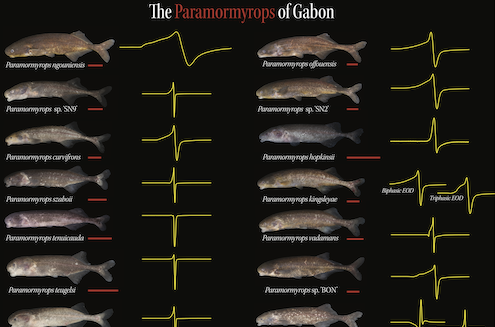
African mormyrid fishes use diverse electrical pulses to communicate and mate. We study the genetic and ecological forces behind this diversity—and how it drives speciation.
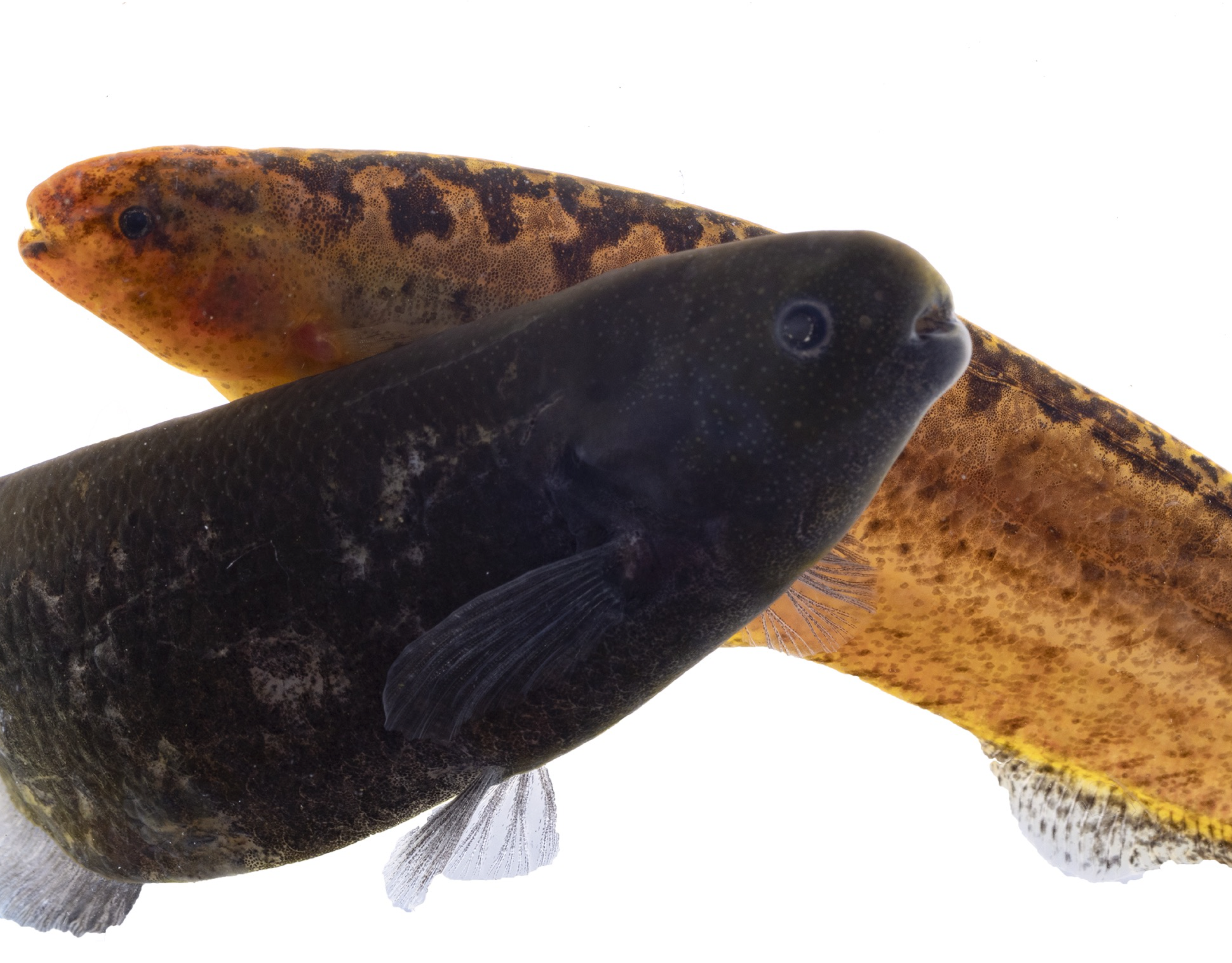
What DNA changes shape new behaviors? Using genomics, transcriptomics, and CRISPR tools, we link genetic variation to the physiology and behavior of electric fish.

